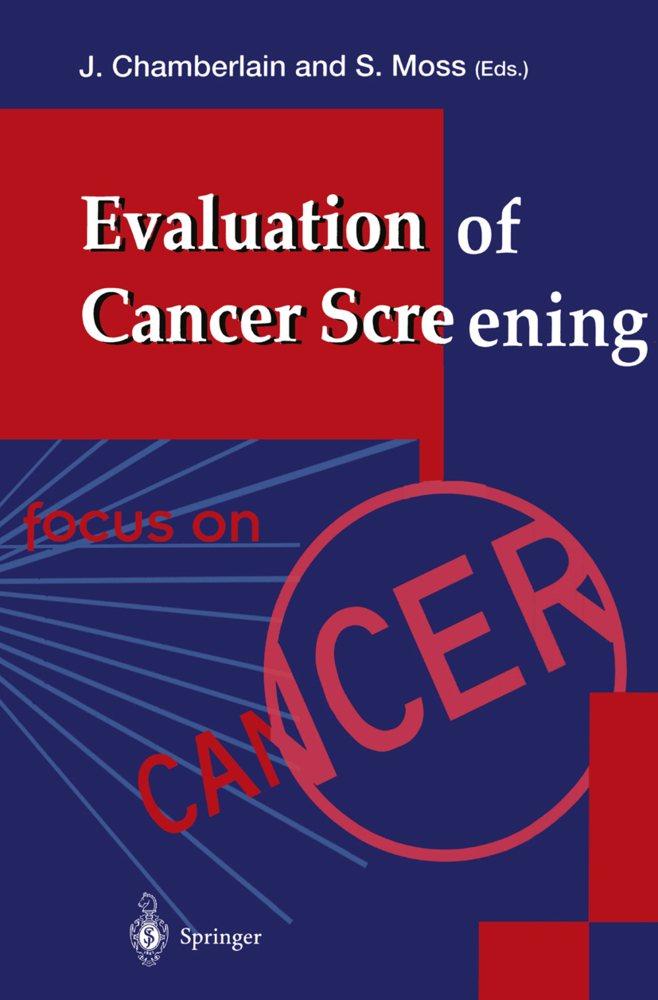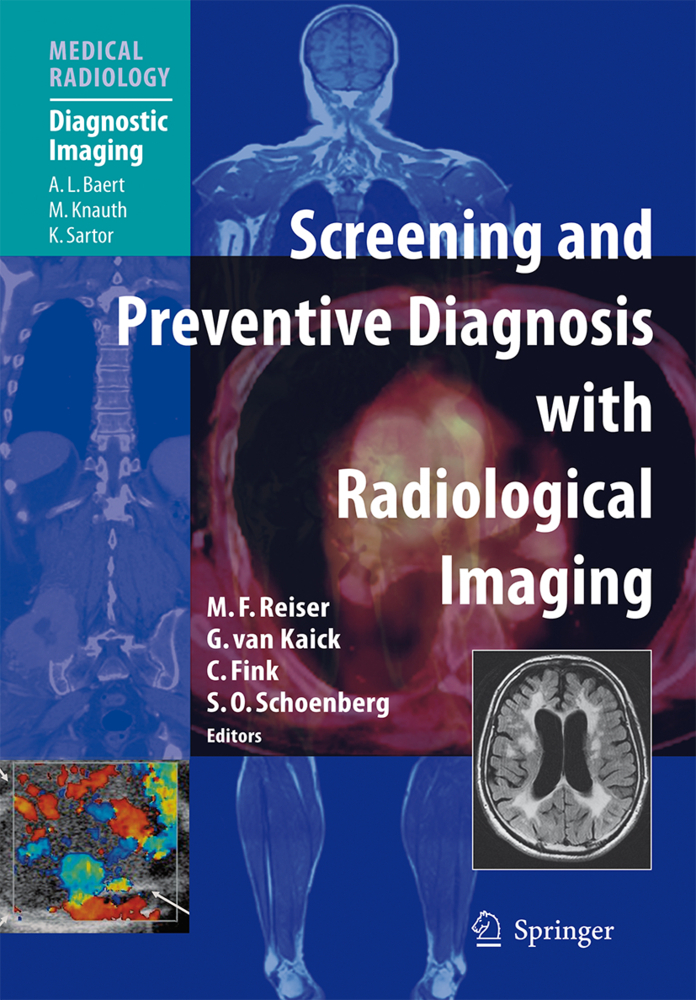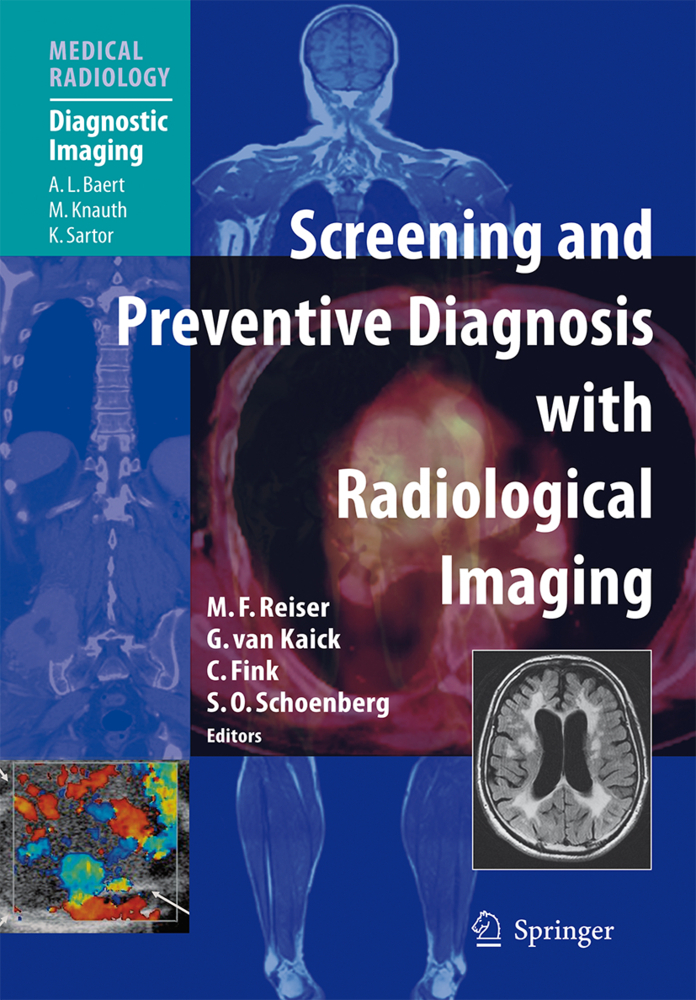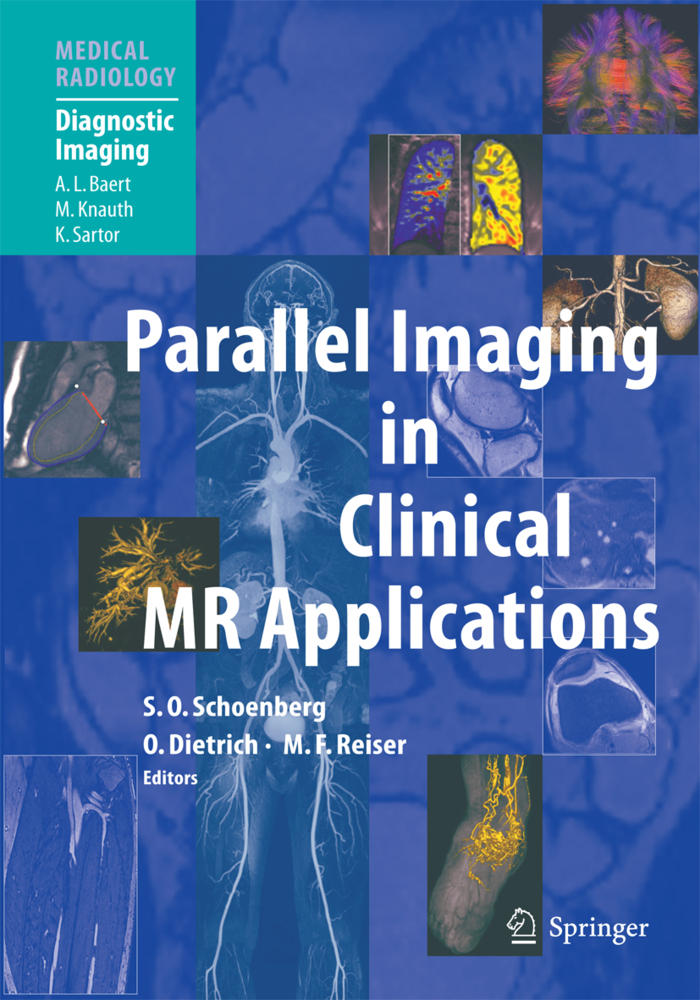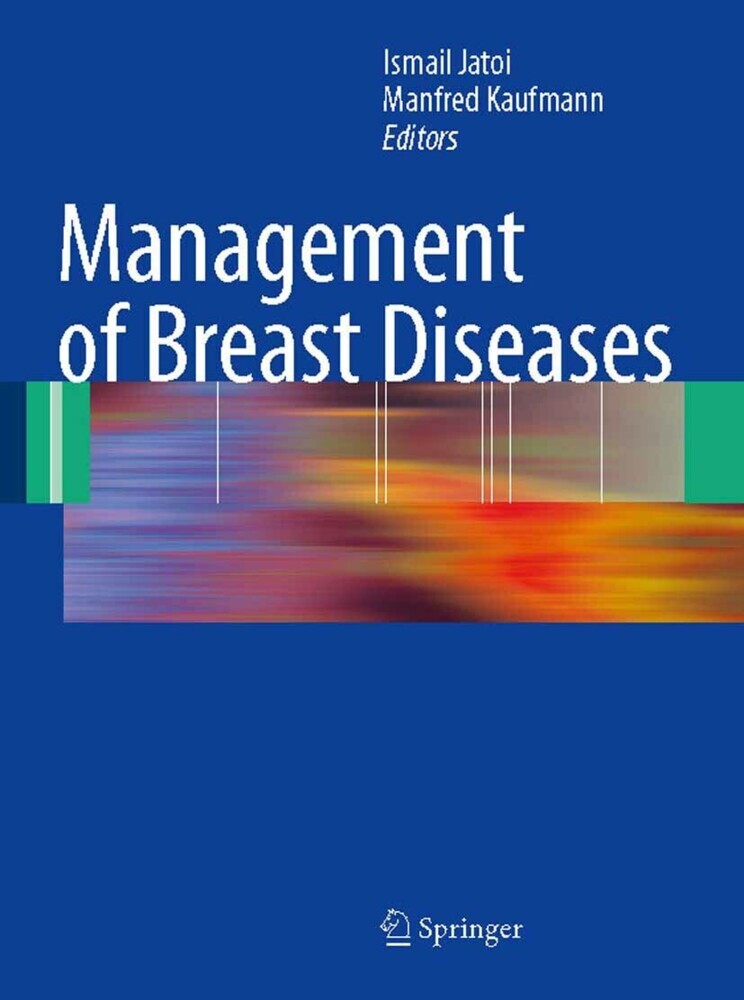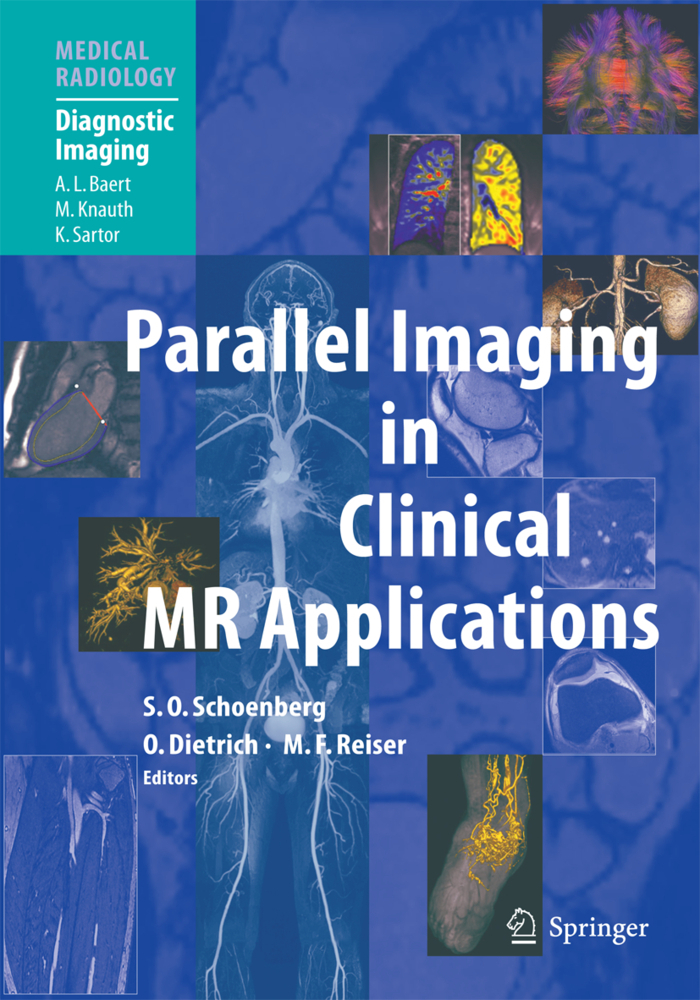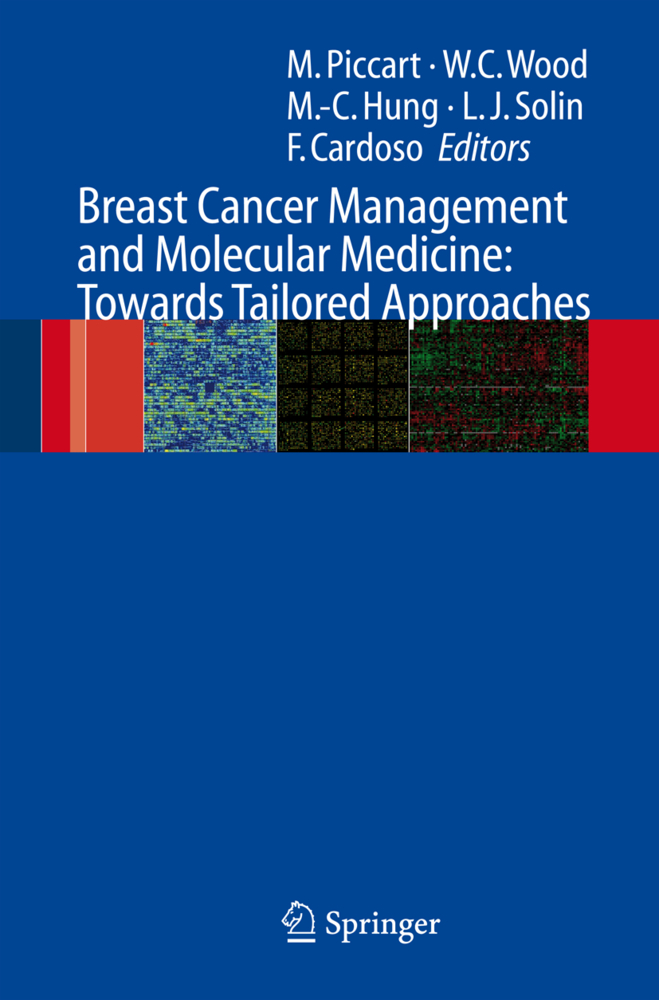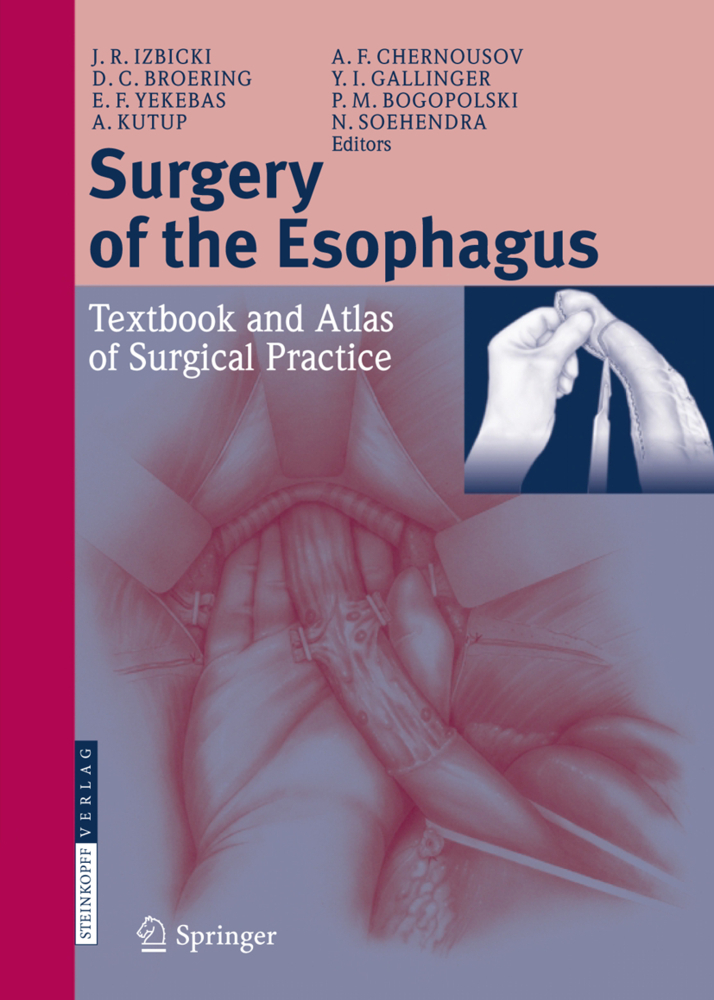Evaluation of Cancer Screening
Evaluation of Cancer Screening
Critically examining the case for and against screening people for early detection of cancer, this book reviews research-based knowledge on the value of early diagnosis for several different cancers ranging from neuroblastoma in infants to prostate cancer in old age. For each cancer site, the natural history of disease progression is reviewed and how the course may be altered by early intervention. Available screening tests are assessed both for their potential benefit and disadvantage. The information presented in this thoughtful review will assist health policy-makers to make decisions on cancer screening. Clinical researchers considering setting up screening studies will be made aware of the pitfalls of evaluation; practitioners and postgraduate students will find a readable introduction to the subject.
Evaluating the Performance of a Test
Evaluating the Effectiveness of Screening
Mathematical Models of Screening
Selection of High-Risk Groups for Screening
Promotion of Early Diagnosis
Ethical Issues
Genetic Issues
References
2. Screening for Cancer of the Cervix
Epidemiology of Cervical Cancer
The Natural History of Cervical Cancer
The "Pap" Test
Evidence for the Effectiveness of Screening
The Effectiveness of Screening in the UK
The Treatment of Screen-Detected Lesions
Cost-Effectiveness of Cervical Screening
Frequency of Cervical Screening
Quality Control Issues
Sensitivity of Screening
Potential for Automation
Alternative Tests
Screening in Developing Countries
The Role of HPV in Cervical Cancer
References
3. Screening for Cancer of the Breast
Epidemiology
Aetiology
Treatment, Survival and Prognosis of Breast Cancer
Predisposing Factors
The Rationale for Screening
Screening Tests for Breast Cancer
Effectiveness of Screening in Reducing Mortality
Effectiveness of Screening Younger Women
Effectiveness of Breast Self-Examination
Disadvantages and Costs of Breast Screening
Conclusions
References
4. Screening for Colorectal Cancer
Time Trend
Geographical Variation
Aetiology and Primary Prevention
High-Risk Groups for Colorectal Cancer
Natural History
Prognosis of Colorectal Carcinomas
Overall Survival
The Rationale for Screening
Screening Methods
The Acceptability of Screening
The Effectiveness of Screening
Disadvantages and Costs
Conclusions
References
5. Early Detection of Malignant Melanoma of the Skin
Natural History
The Screening Test for Malignant Melanoma
Optionsfor Screening
Health Education to Promote Self-Screening
Organised Professional Screening
Other Aspects of Screening
Conclusions
References
6. Screening for Ovarian Cancer
General Requirements
Candidate Tests: Evidence from Observational Studies
Tumour Markers
Improving Performance
Intervention Studies
Conclusions
References
7. Screening for Prostate Cancer
Time Trends and International Differences in Incidence
Aetiology
Staging
Survival
Natural History
Determinants of Prognosis
Screening Tests for Prostate Cancer
Prevalence of Prostate Cancer at Screening
Acceptability of Screening
The Effect of Screening on Prostate Cancer Mortality
The Potential Disadvantages of Screening for Prostate Cancer
Conclusions
References
8. Screening for Cancers of other Sites: Lung, Stomach, Oral and Neuroblastoma
Lung Cancer
Stomach
Neuroblastoma
Oral Cancer
References
9. Psychological Aspects of Cancer Screening
Research Methodology
Psychological Effects of Invitation to Screening
Psychological Effects of a Positive Screening Test
Psychological Effects in Patients with Screen-Detected Cancer
Reducing Distress - Improving Attendance
Reduction in the Distress Caused by Recall
Staff Stress
Self-Screening .
Selective Screening
Conclusions and Further Research Needs
References
10. Economic Aspects of Cancer Screening
The Need for Economic Appraisal
Methods for Economic Evaluation
Economic Appraisal of Cancer Screening Programmes
Some Empirical Findings of Economic Evaluations of Ca
Screening
Conclusions
References.
1. General Principles of Cancer Screening
Consideration of a Potential Screening TestEvaluating the Performance of a Test
Evaluating the Effectiveness of Screening
Mathematical Models of Screening
Selection of High-Risk Groups for Screening
Promotion of Early Diagnosis
Ethical Issues
Genetic Issues
References
2. Screening for Cancer of the Cervix
Epidemiology of Cervical Cancer
The Natural History of Cervical Cancer
The "Pap" Test
Evidence for the Effectiveness of Screening
The Effectiveness of Screening in the UK
The Treatment of Screen-Detected Lesions
Cost-Effectiveness of Cervical Screening
Frequency of Cervical Screening
Quality Control Issues
Sensitivity of Screening
Potential for Automation
Alternative Tests
Screening in Developing Countries
The Role of HPV in Cervical Cancer
References
3. Screening for Cancer of the Breast
Epidemiology
Aetiology
Treatment, Survival and Prognosis of Breast Cancer
Predisposing Factors
The Rationale for Screening
Screening Tests for Breast Cancer
Effectiveness of Screening in Reducing Mortality
Effectiveness of Screening Younger Women
Effectiveness of Breast Self-Examination
Disadvantages and Costs of Breast Screening
Conclusions
References
4. Screening for Colorectal Cancer
Time Trend
Geographical Variation
Aetiology and Primary Prevention
High-Risk Groups for Colorectal Cancer
Natural History
Prognosis of Colorectal Carcinomas
Overall Survival
The Rationale for Screening
Screening Methods
The Acceptability of Screening
The Effectiveness of Screening
Disadvantages and Costs
Conclusions
References
5. Early Detection of Malignant Melanoma of the Skin
Natural History
The Screening Test for Malignant Melanoma
Optionsfor Screening
Health Education to Promote Self-Screening
Organised Professional Screening
Other Aspects of Screening
Conclusions
References
6. Screening for Ovarian Cancer
General Requirements
Candidate Tests: Evidence from Observational Studies
Tumour Markers
Improving Performance
Intervention Studies
Conclusions
References
7. Screening for Prostate Cancer
Time Trends and International Differences in Incidence
Aetiology
Staging
Survival
Natural History
Determinants of Prognosis
Screening Tests for Prostate Cancer
Prevalence of Prostate Cancer at Screening
Acceptability of Screening
The Effect of Screening on Prostate Cancer Mortality
The Potential Disadvantages of Screening for Prostate Cancer
Conclusions
References
8. Screening for Cancers of other Sites: Lung, Stomach, Oral and Neuroblastoma
Lung Cancer
Stomach
Neuroblastoma
Oral Cancer
References
9. Psychological Aspects of Cancer Screening
Research Methodology
Psychological Effects of Invitation to Screening
Psychological Effects of a Positive Screening Test
Psychological Effects in Patients with Screen-Detected Cancer
Reducing Distress - Improving Attendance
Reduction in the Distress Caused by Recall
Staff Stress
Self-Screening .
Selective Screening
Conclusions and Further Research Needs
References
10. Economic Aspects of Cancer Screening
The Need for Economic Appraisal
Methods for Economic Evaluation
Economic Appraisal of Cancer Screening Programmes
Some Empirical Findings of Economic Evaluations of Ca
Screening
Conclusions
References.
| ISBN | 978-3-540-19957-1 |
|---|---|
| Artikelnummer | 9783540199571 |
| Medientyp | Buch |
| Auflage | 1st Edition. |
| Copyrightjahr | 1995 |
| Verlag | Springer, Berlin |
| Umfang | XI, 192 Seiten |
| Abbildungen | XI, 192 p. |
| Sprache | Englisch |

